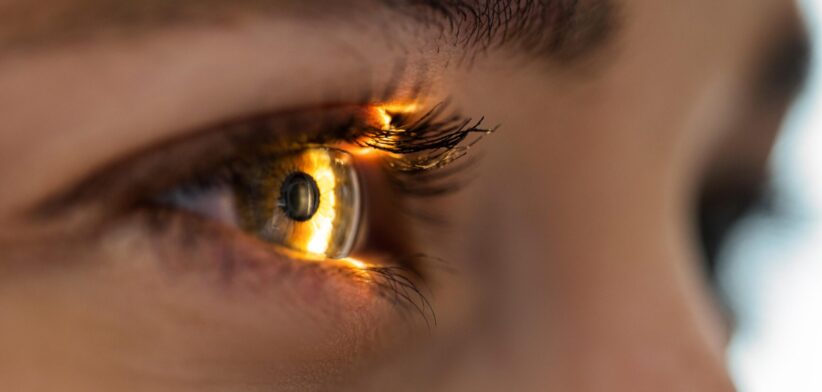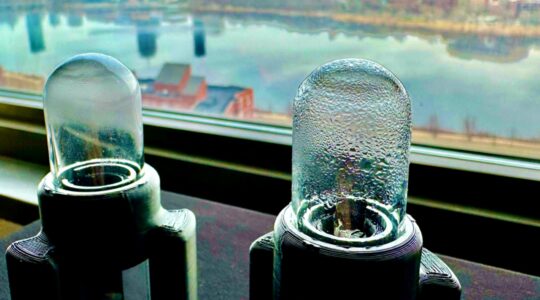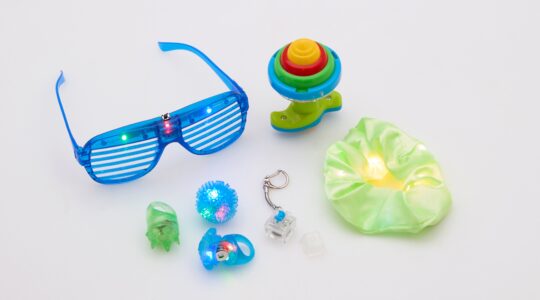Gold nanoparticles may one day be used to restore the sight of people affected by retinal disorders.
A new study by researchers at Brown University, in the United States, showed that nanoparticles injected into the retina could successfully stimulate the visual system and restore vision in mice.
Postdoctoral researcher Jiarui Nie said the study used gold nanoparticles, microscopic bits of gold thousands of times thinner than a human hair.
Ms Nie said the process might one day be used to help restore vision in people with conditions like macular degeneration.
“The findings suggest that a new type of visual prosthesis system in which nanoparticles, used in combination with a small laser device worn in a pair of glasses or goggles, might one day help people with retinal disorders to see again,” she said.
“This is a new type of retinal prosthesis that has the potential to restore vision lost to retinal degeneration without requiring any kind of complicated surgery or genetic modification.
“We believe this technique could potentially transform treatment paradigms for retinal degenerative conditions.”
Ms Nie said retinal disorders, like macular degeneration and retinitis pigmentosa, affected millions of people around the world.
She said these conditions damaged light-sensitive cells in the retina called photoreceptors — the “rods” and “cones” that convert light into tiny electric pulses.
“Those pulses stimulate other types of cells further up the visual chain called bipolar and ganglion cells, which process the photoreceptor signals and send them along to the brain.
“This new approach uses nanoparticles injected directly into the retina to bypass damaged photoreceptors.”
Read the full study: Intravitreally Injected Plasmonic Nanorods Activate Bipolar Cells with Patterned Near-Infrared Laser Projection.








